Maximizing Small Spaces: Stylish Balcony & Vertical Garden Designs
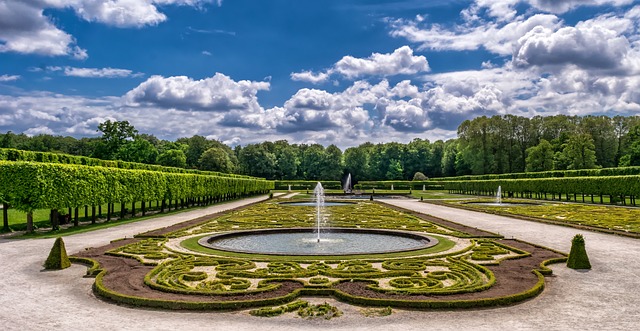
Transform your compact urban balcony into a verdant oasis using balcony garden design techniques tha…….
Small-Space Landscaping: Maximizing Beauty and Function in Compact Spaces
Introduction
In urban centers and densely populated areas around the globe, the demand for efficient use of space has led to a surge in small-space landscaping. This innovative approach transforms limited outdoor areas into functional and aesthetically pleasing environments. It’s a craft that blends horticulture, design, and sustainability to create spaces that resonate with their surroundings while serving the needs of their inhabitants. In this comprehensive guide, readers will explore the nuances of small-space landscaping, its global impact, economic considerations, technological advancements, and more. We’ll also delve into policy frameworks, address common challenges, and provide insights into future prospects.
Understanding Small-Space Landscaping
Small-space landscaping refers to the strategic design and maintenance of small or limited outdoor areas, such as balconies, rooftops, courtyards, and small gardens. It encompasses a range of techniques and plant selections that are tailored to fit compact spaces without compromising on style or functionality. The core components of this practice include selecting appropriate plant species, optimizing space utilization, incorporating multifunctional elements, and ensuring the landscape harmonizes with the surrounding environment. Historically, small-space landscaping has evolved from necessity in densely populated regions to a sought-after design aesthetic across various cultures.
Global Impact and Trends
The influence of small-space landscaping is felt worldwide as urbanization continues to rise. In cities like New York, Tokyo, and Singapore, where space is at a premium, innovative designs are pushing the boundaries of what’s possible in limited areas. Key trends shaping this field include an emphasis on sustainability, the integration of smart technology, and the creation of green spaces that contribute to urban biodiversity. In regions with arid climates, such as parts of Australia and the American Southwest, xeriscaping principles are being applied to reduce water usage while maintaining beautiful landscapes.
Economic Considerations
The economic landscape of small-space landscaping is multifaceted. Market dynamics indicate a growing demand for low-maintenance, high-impact designs that offer both beauty and functionality. Investment patterns show a trend towards sustainable and eco-friendly solutions that can lower utility costs and increase property value. Small-space landscaping plays a crucial role in urban economies by enhancing the livability of cities and attracting residents to invest in real estate. Its economic impact is also seen in job creation within the horticulture, design, and maintenance sectors.
Technological Advancements
Technology has revolutionized small-space landscaping with advancements such as smart irrigation systems, modular planting units, and vertical gardens. These innovations not only conserve water and space but also allow for greater customization and efficiency. The future potential of technology in this field includes the use of AI for predictive maintenance and drones for precise landscape management.
Policy and Regulation
Policies and regulations play a significant role in shaping small-space landscaping practices. In some regions, green building standards mandate a minimum percentage of greenery in new developments. Zoning laws often dictate the types of plants and structures that can be used. These frameworks encourage best practices and help ensure that urban landscapes are both beautiful and sustainable.
Challenges and Criticisms
Small-space landscaping faces challenges such as limited access to green spaces in low-income areas, the need for education on sustainable practices, and the criticism that it sometimes prioritizes aesthetics over ecological function. To overcome these issues, stakeholders can collaborate on community projects, promote educational initiatives, and design with both visual appeal and ecosystem health in mind.
Case Studies
Several case studies exemplify the successful application of small-space landscaping. In Copenhagen, Denmark, rooftop gardens contribute to the city’s sustainability goals while providing residents with communal green spaces. In Singapore, vertical gardens and sky parks offer residents a respite from the urban hustle, demonstrating the country’s commitment to integrating greenery into dense living environments. These examples showcase the transformative potential of small-space landscaping.
Future Prospects
The future outlook for small-space landscaping is promising, with growth areas including the integration of edible landscapes, the use of native plants to support local ecosystems, and the incorporation of community spaces that foster social connections. Emerging trends point towards more personalized designs driven by technological advancements. Strategic considerations will focus on how to make these landscapes more adaptable to changing environmental conditions and urban needs.
Conclusion
Small-space landscaping is a dynamic field that offers innovative solutions to the challenges of urban living. By understanding its core components, global impact, economic considerations, technological advancements, policy frameworks, and addressing its challenges, we can appreciate the significance of this practice in creating sustainable, beautiful, and functional outdoor spaces. The future of small-space landscaping is not only about adapting to the needs of today’s urban populations but also about shaping tomorrow’s green environments.
FAQ Section
What are the key benefits of small-space landscaping?
How can I maintain a small-space landscape?
What technologies can be used in small-space landscaping?
Are there any policies that support small-space landscaping?
How can I make my small-space landscape more sustainable?
By addressing these frequently asked questions, we can further educate ourselves and the public on the importance and impact of small-space landscaping. As a practice that marries aesthetics with practicality, it continues to evolve and adapt to the needs of modern urban environments.

Transform your compact urban balcony into a verdant oasis using balcony garden design techniques tha…….
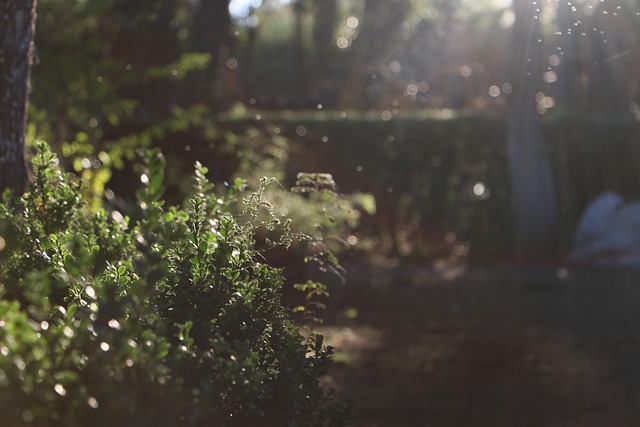
Transform your urban oasis with creative balcony garden design. Leverage vertical space, choose comp…….
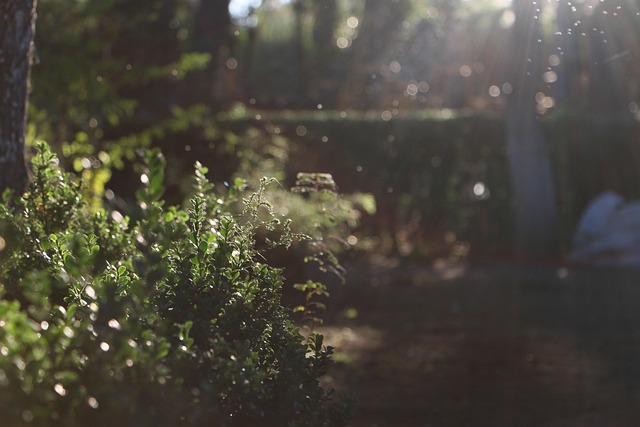
Creating a beautiful and functional creative small space garden requires strategic plant selection,…….
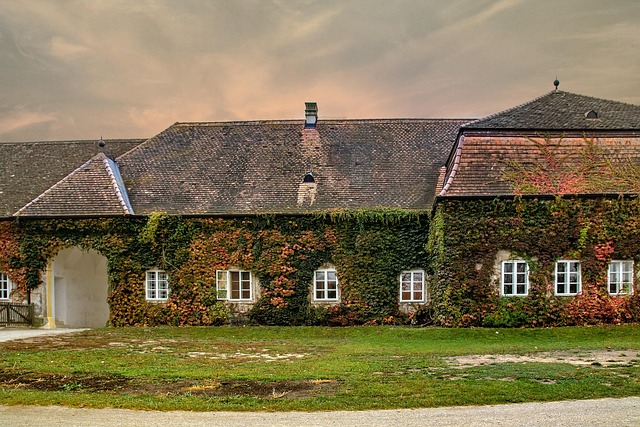
Incorporating a creative small space garden transforms limited outdoor areas into vibrant oases that…….

Mastering small yard landscaping requires precise measurement, detailed planning, and strategic mixi…….
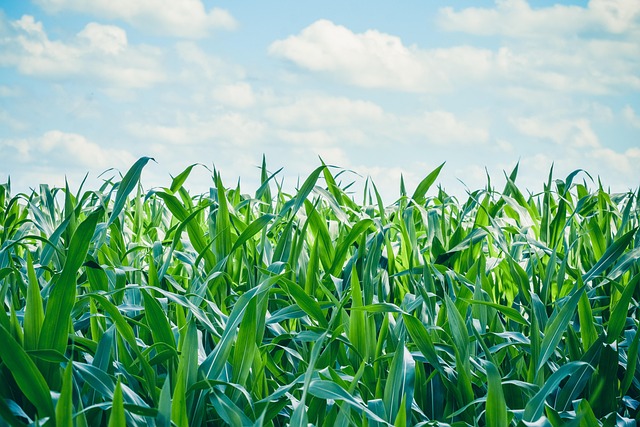
In urban areas with limited land, achieving an attractive and functional plant layout requires under…….
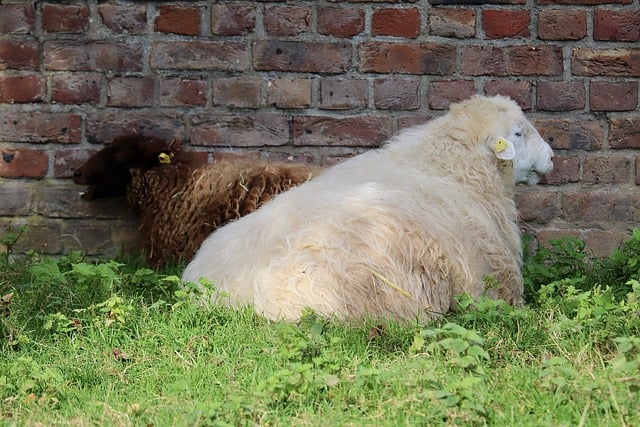
Transforming a tiny yard into a lush oasis is achievable through strategic planning and creative thi…….

Compact garden design maximizes limited space through strategic planting, furniture placement, and h…….
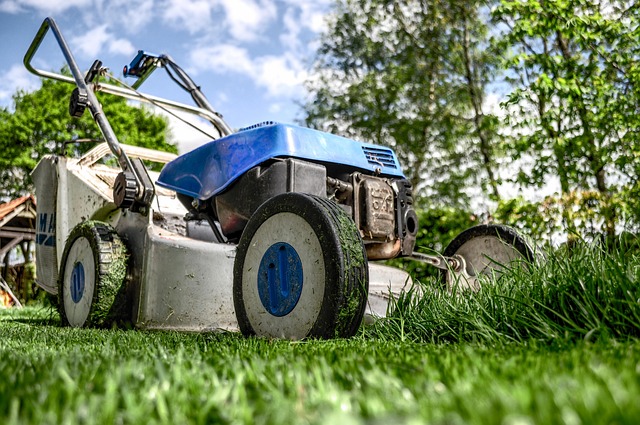
To create an efficient mini garden layout for compact outdoor areas, prioritize multi-purpose design…….
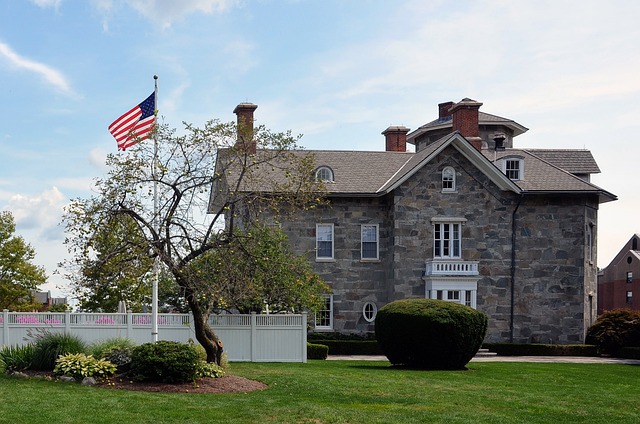
Transform your compact outdoor space into a vibrant oasis through creative patio landscaping techniq…….